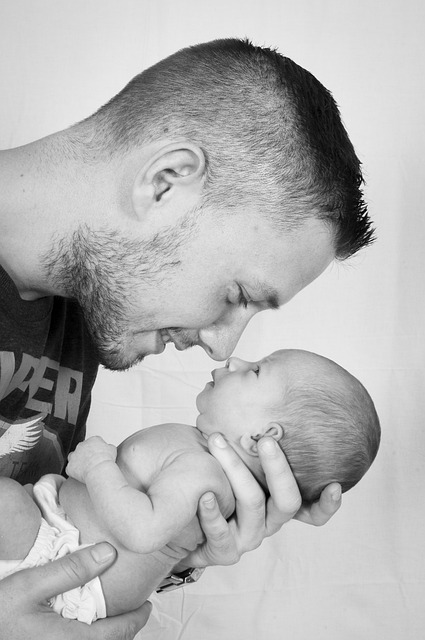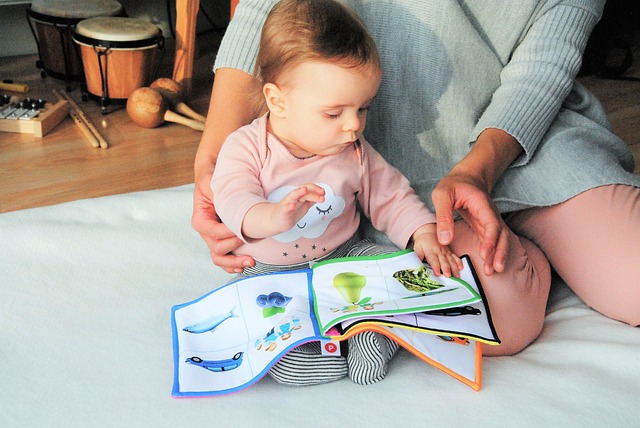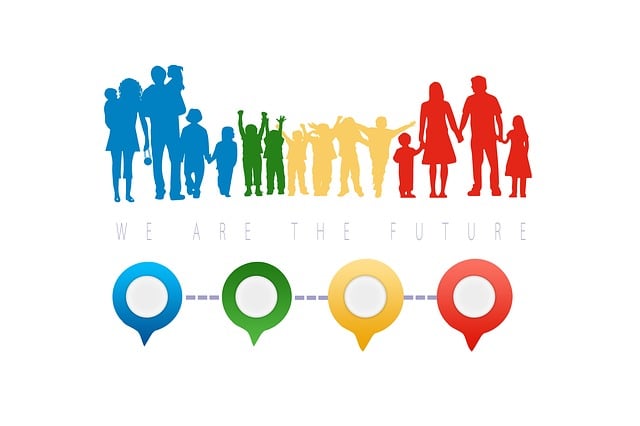Child welfare laws protect children's well-being through safe environments, services, and stable relationships, balancing parental rights with child interests. Parental rights protection laws grant parents control over key decisions, ensuring informed choices and fairness. Guardianship and custody aim to balance these rights with the child's best interest, often favoring shared parental responsibility. Reporting obligations hold parents and caregivers accountable for protecting children from abuse and neglect, strengthening safety nets. Case studies guide policy improvements by showcasing successful interventions while preserving parental autonomy. Effective policies foster positive outcomes, upholding crucial parental rights protection.
“Unraveling the intricate web of child welfare policy and law is essential for safeguarding our future generations. This comprehensive guide delves into the critical legal aspects that shape protective measures for vulnerable children. From understanding foundational child welfare laws to exploring nuanced topics like parental rights, guardianship, and reporting obligations, each section illuminates vital insights.
We examine real-world case studies, demonstrating the practical application of policies designed to balance family interests while ensuring child safety. By examining these legal frameworks, we empower stakeholders to navigate complex issues, fostering a more informed approach to safeguarding our most precious resource: our children and their well-being.”
- Understanding Child Welfare Laws: A Comprehensive Overview
- Parental Rights: Legal Protections and Their Impact
- Guardianship and Custody: Balancing Family Interests
- Reporting Obligations: Ensuring Child Safety
- Case Studies: Real-World Applications of Welfare Policies
Understanding Child Welfare Laws: A Comprehensive Overview

Child welfare laws are a crucial framework designed to protect and promote the well-being of children. These laws encompass a wide range of regulations aimed at ensuring safe living environments, providing necessary services, and fostering stable relationships for minors. Understanding this legal landscape is essential for both parents and guardians, as it outlines their rights and responsibilities in raising children.
At the core of child welfare policies lies the principle of preserving parental rights while safeguarding the best interests of the child. Balancing these two aspects involves a complex web of regulations that govern various matters, from adoption procedures to emergency interventions. Knowledge of these laws empowers parents to make informed decisions and actively participate in legal processes that affect their family’s life.
Parental Rights: Legal Protections and Their Impact

Parental rights are a cornerstone of child welfare policy, offering crucial legal protections designed to safeguard the parent-child relationship. These rights ensure that parents are involved in major decisions affecting their children’s lives, from healthcare choices to education and placement. Legal frameworks vary by jurisdiction, but they commonly grant parents the right to make informed decisions on their child’s behalf, protect them from arbitrary state intervention, and ensure a fair process when disputes arise.
The impact of these protections is profound. They empower parents to exercise control over their children’s upbringings while also providing a safety net against potential government overreach. By balancing parental autonomy and state oversight, these laws foster a stable and nurturing environment for children, enhancing their overall well-being and development. Effective enforcement of parental rights protection laws is essential for upholding the delicate equilibrium between family freedom and societal responsibility in child welfare.
Guardianship and Custody: Balancing Family Interests

Guardianship and custody decisions in child welfare policies often present a delicate balance between upholding parental rights and ensuring the child’s well-being. Parental rights protection is a cornerstone of family law, recognizing the significant role of parents in their children’s lives. However, when concerns arise regarding a child’s safety or development, the court must carefully assess each case to determine the best interest of the child.
In many jurisdictions, the legal framework emphasizes shared parental responsibility and decision-making power. This approach aims to maintain stability and continuity for the child while also allowing for intervention when necessary. By involving both parents in custody arrangements, the court seeks to foster a cooperative environment that benefits the entire family, ultimately safeguarding the child’s interests within the context of their parental relationships.
Reporting Obligations: Ensuring Child Safety

In many jurisdictions, child welfare policies and laws place a significant emphasis on reporting obligations to ensure child safety. These obligations are designed to protect children from abuse, neglect, and exploitation by holding parents and caregivers accountable for their well-being. When individuals suspect or have knowledge of potential harm or risks to a child’s safety, they are legally bound to report these concerns to the appropriate authorities, such as child protective services. This responsibility extends to both parents and those in positions of trust, like teachers, healthcare providers, and community members, highlighting the collective effort required to safeguard children’s rights and welfare.
Reporting obligations vary across regions but generally include situations involving physical or emotional abuse, neglect, abandonment, exploitation, or any other conditions that may cause a child significant harm. Failure to report such incidents can have legal ramifications, as it undermines the protection of parental rights and the overall goal of ensuring children’s safety and security. By adhering to these obligations, individuals contribute to the creation of a robust system that addresses potential risks proactively, fostering an environment conducive to healthy development and safeguarding vulnerable children.
Case Studies: Real-World Applications of Welfare Policies

Case studies offer valuable insights into the practical application and impact of child welfare policies. By examining real-life scenarios, we can understand the complexities that arise when implementing legislation designed to protect vulnerable children and ensure their well-being. These studies often highlight successful interventions, as well as areas for improvement in existing policies. For instance, a recent case study analyzed the outcomes of a program aimed at strengthening family ties and promoting stability for at-risk youth. The research found that by providing comprehensive support services and fostering parental rights protection, there was a significant reduction in the number of children entering foster care.
This practical approach demonstrates how policy can be tailored to meet specific community needs. It also underscores the importance of balancing intervention with respect for parental rights, as effective welfare policies should both safeguard children’s interests and empower families. By learning from these real-world applications, policymakers can make informed decisions, ensuring that laws are not only well-intentioned but also effective in promoting positive outcomes for children and families.






